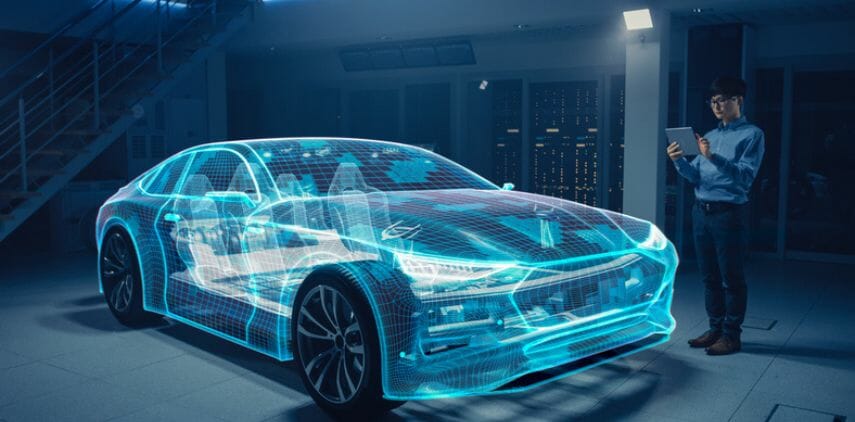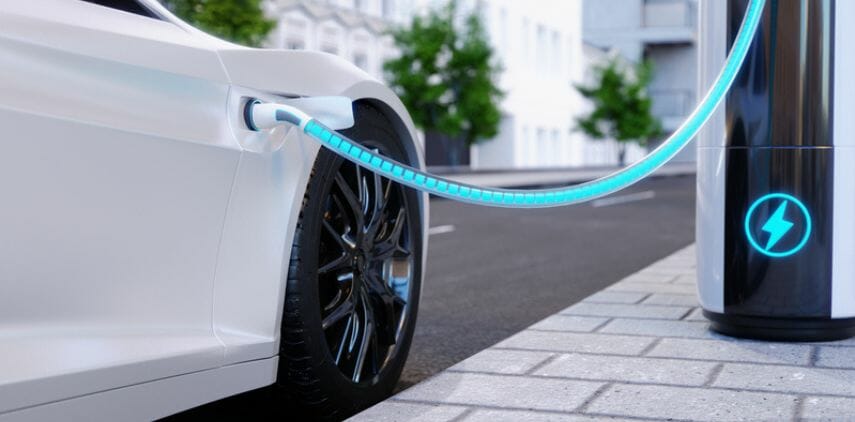In recent years, the automotive landscape has witnessed a remarkable surge in the popularity of electric SUVs, signaling a monumental shift towards eco-friendly transportation. As the demand for sustainable mobility continues to rise, automakers are going to invest heavily in technological advancements, redefining the future of electric SUVs.
In this article, we’ll delve into the five key trends that are shaping the trajectory of these vehicles, including cutting-edge innovations, charging infrastructure advancements, battery technology breakthroughs, and pricing considerations, that are propelling electric SUVs into a promising tomorrow.
1.Range and charging speed will increase
As the EV industry continues to evolve, one of the key factors automakers are aiming to target is increasing the range and charging speed of vehicles. With rapid advancements in technology, the coming generations of EVs would have more powerful batteries that can take you on long rides with a single charge. At the same time, they would take less time to charge, so EV owners won’t have to wait forever to get their vehicles charged.
For instance, the Japanese automaker Toyota is planning to introduce high-performance solid-state batteries that would bring about a significant improvement in driving range.
2. EVs will become more affordable
If you look at today’s automotive market, you’ll see that electric vehicles are priced way higher than other vehicles. This creates a significant barrier for buyers who want to embrace the sustainability of EVs but do not have a high budget. But the good news is, EVs are going to become more affordable in the coming days and they will be accessible to all segments of customers, thanks to government incentives, reduction of raw material prices, and an increase in the number of players in the market.
Let’s look at a few electric vehicles that are available within an affordable price point in 2023:
- Chevrolet Bolt EV (starting from $25,600)
- Chevrolet Bolt EUV (starting from $27,200)
- Nissan Leaf (starting from $27,400)
- Mini Cooper SE (starting from $29,900)
- Hyundai Kona Electric (starting from $33,550)
These are just a few examples—we will see more automakers joining this trend in the near future.
3. EV infrastructure is about to get a facelift
This EV trend will rapidly change the EV scenario all over the world. As governments and corporations understand the gravity of climate change, they would promote more sustainable modes of transport. So naturally, we can expect to see serious improvements in EV infrastructure.
The new Bipartisan Infrastructure Law in the US has allotted $7.5 billion for the strategic deployment of EV charging infrastructure, $10 billion for clean transportation, and more than $7 billion for EV battery components, critical minerals, and materials. So rural areas and other ‘charging deserts’ will see a boom of new stations soon.
4. Solar charging
When sustainability is the ultimate goal, it’s necessary to monitor which type of power is being used to charge EV batteries. Solar power has already become a popular energy solution all across the US, so now the latest trend is to use solar for charging EVs.
If this method of charging becomes mainstream, it can be a huge breakthrough in the automotive world. Solar charging can potentially reduce the cost of charging, ensure low emission or zero emission, and EV owners will have the convenience of charging their vehicles right at their homes.
5. AI-powered vehicle health check
It goes without saying that artificial intelligence (AI) is the biggest tech trend of this decade and it’s here to stay, evolve, and get better. AI is now expected to be a key factor in the future of EVs. Not just for the self-driving feature, AI will potentially be applied in diagnosing cars.
By implementing powerful AI tools, it will be possible to perform a real-time assessment of an electric vehicle, detect issues that might turn into a big threat in the future, and generate an in-depth review of what might be wrong with the vehicle. This will save hours of time and resources in the garage, and make the process of repairing and maintenance a lot more streamlined, efficient, and accurate.
The future of EV: Statistical data
If you’re keen on understanding the future of EVs, here are some data from Statista that might give you an insight into the EV market’s growth potential in the US:
- Revenue generated by the EV market is expected to touch $70.13 billion in 2023.
- The EV market revenue is projected to have a CAGR of 18.17% between 2023 to 2028. In the year 2028, the market volume is expected to reach $161.6 billion.
- By 2028, EV unit sales are expected to reach 2.46 million vehicles.
By looking at these numbers, it’s easy to understand that EVs can unleash a world of endless possibilities. With more development in EV technology and infrastructure, the market revenue might even surpass these projections.
Final Thoughts

The future of electric SUVs looks incredibly promising, with technological innovations and growing environmental awareness driving the transformation. As more automakers invest in electric SUVs, we can expect increased accessibility, improved range, and enhanced charging infrastructure, making electric SUVs a viable option for consumers worldwide.
Moreover, improvements in battery technology and sustainable materials will contribute to reducing their environmental impact, thus emerging as a better option as compared to vehicles running on traditional combustion engines. The convergence of luxury and performance, as seen in the latest EVs by Tesla, Porsche, Ford, Kia, and the likes, will further elevate the appeal of electric SUVs, drawing more consumers toward eco-friendly driving solutions. With these positive developments, electric SUVs are poised to play a pivotal role in shaping a greener, more sustainable automotive future.





